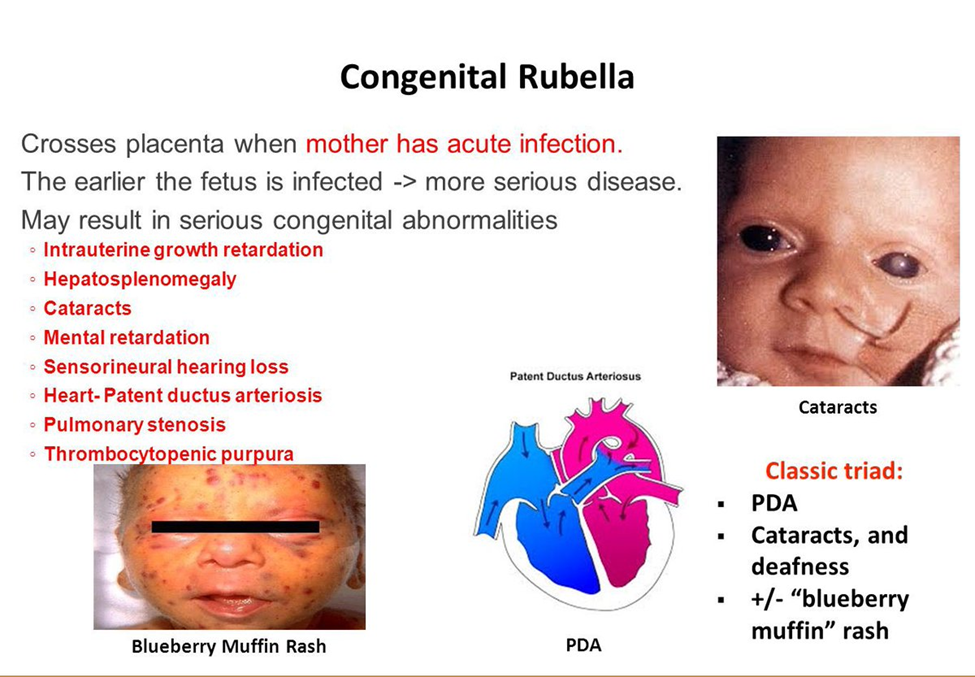A 6-month-old boy weighed 8 lbs. 2 oz. at birth. Understanding developmental milestones, what should the nurse caring for the child calculate his current weight as?
Approximately 18 lbs. 6 oz.
Approximately 14 lbs. 8 oz.
Approximately 24 lbs. 4 oz.
Approximately 16 lbs. 4 oz.
The Correct Answer is D
A. Approximately 18 lbs. 6 oz.:
This option represents an overestimation of the expected weight. Doubling the birth weight of 8 lbs. 2 oz. would be 16 lbs. 4 oz., so this choice is higher than the expected weight.
B. Approximately 14 lbs. 8 oz.:
This option represents an underestimation of the expected weight. Doubling the birth weight of 8 lbs. 2 oz. would be 16 lbs. 4 oz., so this choice is lower than the expected weight.
C. Approximately 24 lbs. 4 oz.:
This option represents a significant overestimation of the expected weight. Doubling the birth weight of 8 lbs. 2 oz. would be 16 lbs. 4 oz., so this choice is much higher than the expected weight.
D. Approximately 16 lbs. 4 oz.:
This option is the correct estimate based on doubling the birth weight of 8 lbs. 2 oz. It accurately reflects the expected weight of a 6-month-old child according to developmental milestones.
Nursing Test Bank
Naxlex Comprehensive Predictor Exams
Related Questions
Correct Answer is ["-195"]
Explanation
The water intake is half of 900 mL, which is 450 mL. The soft drink intake is 12 oz, which is equivalent to 355 mL. Therefore, the total fluid intake is 450 + 355 = 805 mL.
The urine output is the sum of the two voids, which is 600 + 350 = 950 mL. The drainage output is 50 mL. Therefore, the total fluid output is 950 + 50 = 1000 mL.
The net I/O is the difference between the fluid intake and output, which is 805 - 1000 = -195 mL. This means that the patient had a negative fluid balance of 195 mL during the night.
Correct Answer is A
Explanation
A. Rubella:
Rubella is a viral infection that, when contracted by a pregnant woman during the first trimester, can lead to congenital rubella syndrome (CRS) in the developing fetus. CRS can result in severe birth defects, including heart abnormalities, hearing impairments, and vision problems.
B. Varicella-zoster:
Varicella-zoster virus causes chickenpox. While chickenpox can cause complications in certain populations, it is not specifically associated with severe defects in the fetus when the mother is infected during pregnancy.
C. Rubeola:
Rubeola, commonly known as measles, can lead to complications, but it is not as strongly associated with severe defects in the fetus if the mother is infected during pregnancy compared to rubella.
D. Mumps:
Mumps is generally not associated with severe defects in the fetus when the mother is infected during pregnancy. However, mumps infection during pregnancy can pose risks to the mother's health.

Whether you are a student looking to ace your exams or a practicing nurse seeking to enhance your expertise , our nursing education contents will empower you with the confidence and competence to make a difference in the lives of patients and become a respected leader in the healthcare field.
Visit Naxlex, invest in your future and unlock endless possibilities with our unparalleled nursing education contents today
Report Wrong Answer on the Current Question
Do you disagree with the answer? If yes, what is your expected answer? Explain.
Kindly be descriptive with the issue you are facing.
